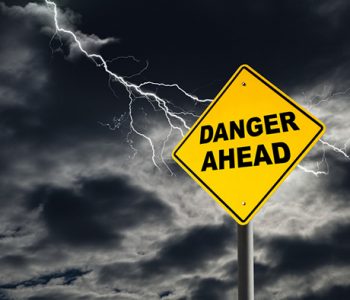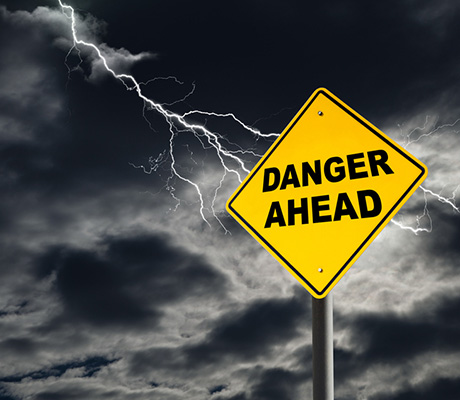Flat Yield Curve Is a Dire Warning to Investors

Flat Yield Curve Is a Worrying Sign
The spread between the two-year and 10-year yields has shrunk to its narrowest point in nearly a decade, signaling the U.S. economy could be heading for a recession.
The price of short-term government notes inched lower Tuesday on fears the Federal Reserve could begin raising interest rates as early as June. At the same time, international investors have been pouring funds into long-term U.S. Treasury bonds, desperate for higher yields than what they can get at home. (Source: “Investors’ Flight From Negative Rates Flattens Yield Curve,” The Wall Street Journal, May 18, 2016.)
The moves have flattened the yield curve, which measures the gap between short-term and long-term interest rates. The premium investors earn for holding a 10-year U.S. government bond over a two-year note is now only 0.94%, its lowest level since November 2007.
Economists see the indicator as a grim warning. Generally, investors demand a large premium to lend money over a long period of time. The only reason lenders would accept a lower return is if they were expecting a recession and wanted to lock in a higher interest rate.
For this reason, a flat or inverted yield curve is a reliable harbinger of recession. The last time the yield curve was this flat in November 2007, the S&P 500 plunged 54% over the ensuing months. And since 1965, this indicator has predicted seven of the past eight recessions.
Chart courtesy of www.StockCharts.com
Not everyone is worried, though.
Historically, the yield curve tends to flatten at the beginning of a Fed rate hike cycle. Some analysts have also argued the bond market is distorted because negative interest rates abroad are artificially suppressing bond yields here in the U.S.
And before investors start running for the exits, it’s important to note we have yet to see the yield curve invert completely—a nearly sure sign the economy is about to roll into a recession.
Regardless, investors will be keeping a close eye on this indicator in the coming months. If we see long-term interest rates dip below the short end of the curve, expect equity investors to start taking cover.












